The material of the cupboard is one of the most important factors to consider when you want to buy a cupboard for any purpose. In general, each cupboard material has different qualities advantages and disadvantages which also affect each function and benefit. Although in practice each type of cupboard material can be used for various purposes, it is of course much better if it is adapted to its function. For example, you want to store all your clothes in a safe so they won't be eaten by termites, right?
Bathroom cupboards are usually made from various materials that are resistant to moisture and water because the bathroom is an environment that is often exposed to moisture. Some common materials used to make bathroom cabinets include:

Waterproof Wood (MDF, Plywood, or Waterproof Hardwood): Waterproof real wood bathroom vanities materials are often used for bathroom cabinets. MDF (Medium Density Fiberboard) or plywood with a waterproof coating are good choices because they can handle moisture without swelling or breaking.
Plastic or PVC Cabinets: Plastic or PVC bathroom cabinets are a waterproof and rust-proof alternative. They are easy to care for and clean but may be less durable than other materials.
Melamine Cabinets: Melamine is a smooth-textured wood material that has been coated with melamine. This is a material that is quite resistant to moisture and easy to clean. However, melamine is not as strong as hardwood.
Protected Solid Wood: Solid wood such as oak, maple, or walnut can also be used in bathrooms if they are protected with a protective coating such as a coat of paint or a waterproof coating.
Composite or Quartz Materials: Composite and quartz materials are also used for bathroom vanities or countertops because they are resistant to water and moisture.
Stainless Steel: In some cases, elements in bathroom cabinets such as rails and handles can be made of stainless steel, which is resistant to corrosion due to water exposure.
After explaining the materials commonly used in bathrooms, here are 5 types of cupboard materials that are generally used not only in bathrooms but placed in other rooms, along with their advantages and disadvantages.
- Cabinet material is solid wood
As the name suggests, solid wood is a type of cupboard material made from whole wood without any other materials mixed in. In terms of quality, solid wood cupboards look better in terms of visual appearance and design. This is because solid wood material looks elegant and is often decorated with various truly charming carvings.
It is not surprising that solid wood cupboards always have a fairly high average selling value compared to other materials.
Excess:
- Stronger and more durable
- Relatively safer
- The appearance is more elegant
Lack:
- Susceptible to termite and fungus attacks
- The price is relatively more expensive
- The weight is heavier
- Cabinet material is iron
Surely you often come across iron cupboards, right? Generally, iron cupboard materials are chosen because they are very strong and are not at risk of being attacked by termites or fungi. In terms of appearance, safes tend to be designed more simply without too many complex decorations. In terms of utility, safes are not very flexible and are generally only used to store files or other valuables.
Excess:
- Stronger, more durable and long-lasting
- Anti-termites and fungi
- Suitable for storing heavy items
Lack:
- The appearance is usually simple and plain
- Not all safes have good finishing
- It can damage or scratch floors and other furniture
- Cabinet material is glass
Is it true that glass can be used as a material for making cupboards? Yes, the answer is of course you can! The glass cupboard material also has its uniqueness which makes it a choice among other options, especially for those who like it.
In general, glass cupboards are chosen because of their uniqueness which can be used to complement the design of a room to make it look more modern and spacious. Glass cupboards are mandatory furniture for those of you who follow a minimalist or modern architectural style.
Excess:
- Easy to clean
- Will not be attacked by termites or fungi
- The design is more artistic and elegant
Lack:
- Material breaks easily
- It cannot be repaired if it is damaged
- It must be cleaned frequently to maintain its appearance
- Cabinet material is plastic
The next cupboard material that is quite widely used and chosen is plastic. The main reason many people choose plastic cupboards is because the price is much cheaper than other materials. Apart from that, plastic cupboards are generally quite light in weight so they are easy to lift and move as desired. Generally, plastic cupboards can be easily disassembled, making them very easy to move.
Excess:
- The price is relatively cheaper
- Anti-termites and fungi
- Flexible and lightweight design
Lack:
- Durability is not good
- Does not have a safe security system
- It is easily damaged so it is less durable
- Fabricated wood cupboard material
Not satisfied with the four materials discussed previously? Don't worry, there are still other cupboard material choices that you can use. You can choose material options such as multiplex, plywood, teakblock or Medium Density Fiberboard (MDF) to make cupboards. Different from solid wood, this material choice is a combination of layers of wood or wood powder obtained through a fabrication process. The right choice for those of you who want material at a cheaper price but still look elegant and modern.
Choosing bathroom cabinet materials depends on personal preference, budget, and the condition of your bathroom. Make sure to choose materials that are resistant to moisture and water so that the bathroom cabinet remains durable and does not suffer damage due to the often wet bathroom environment.


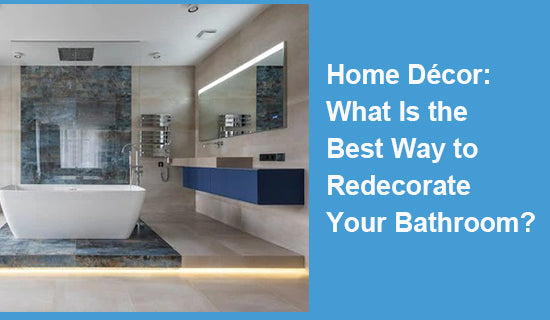
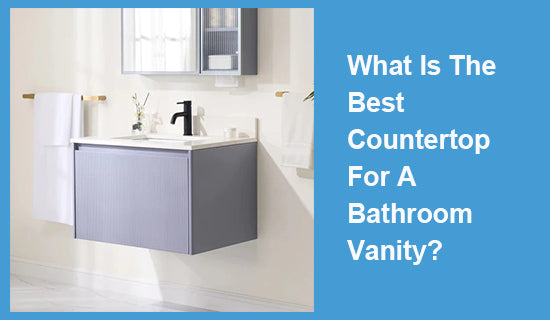


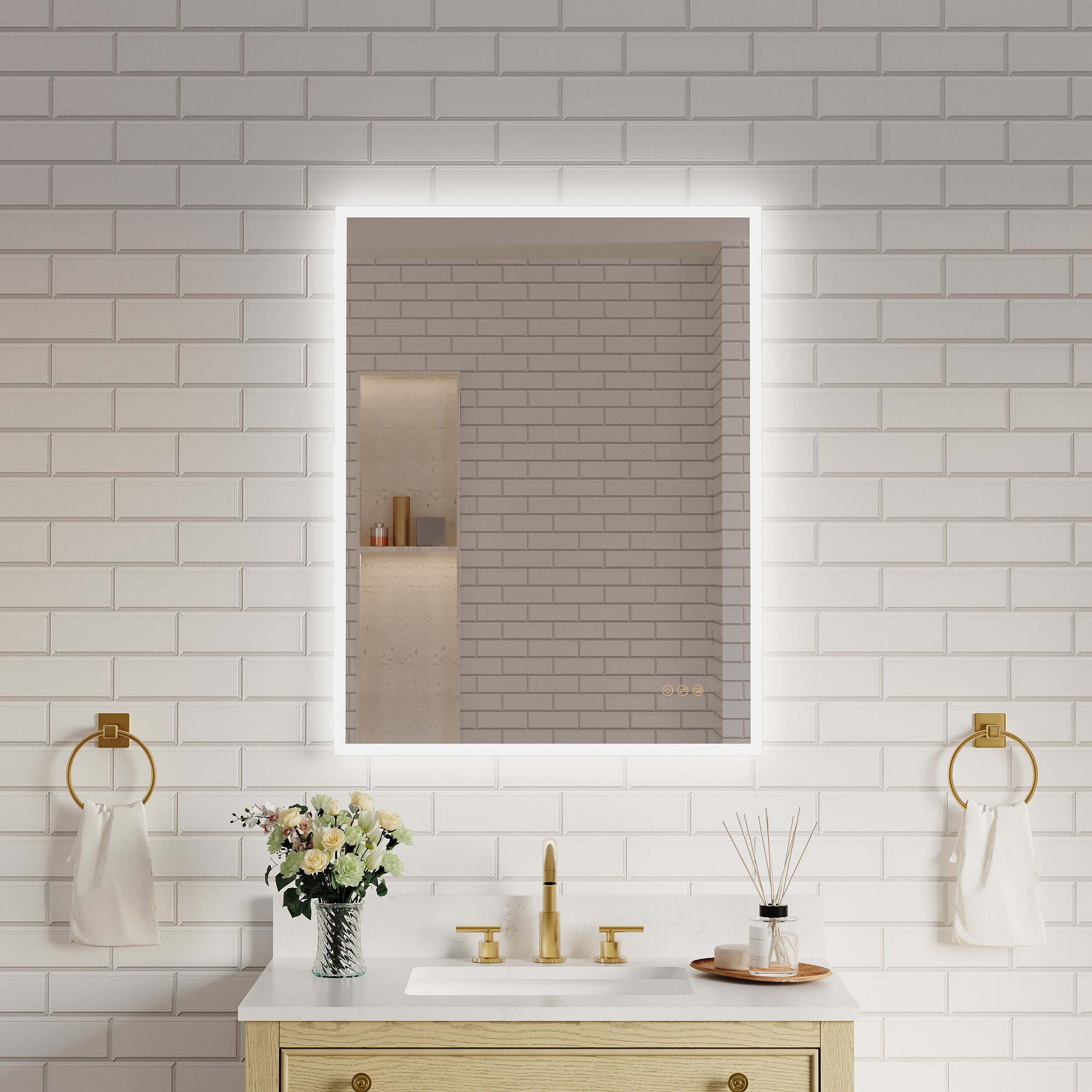



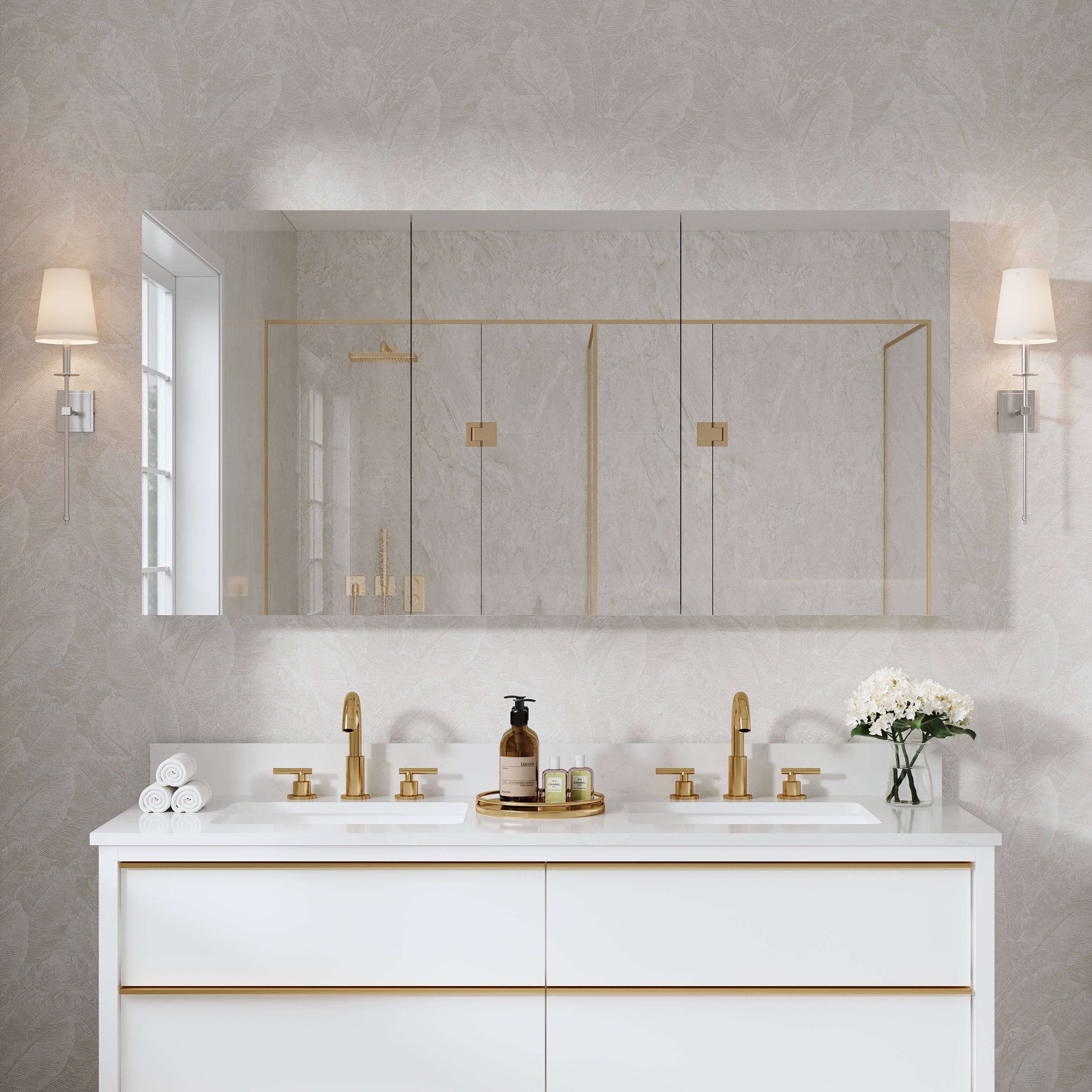

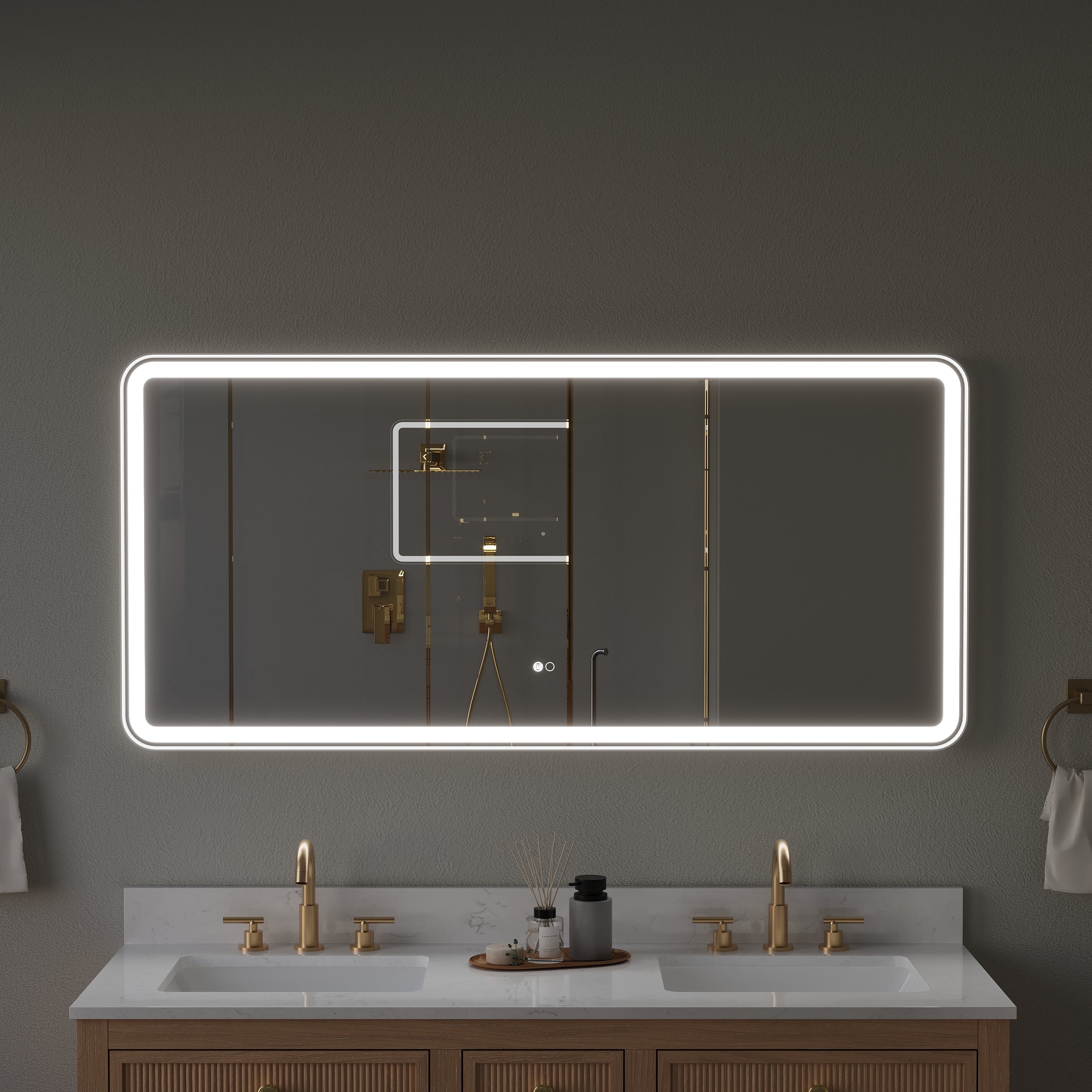
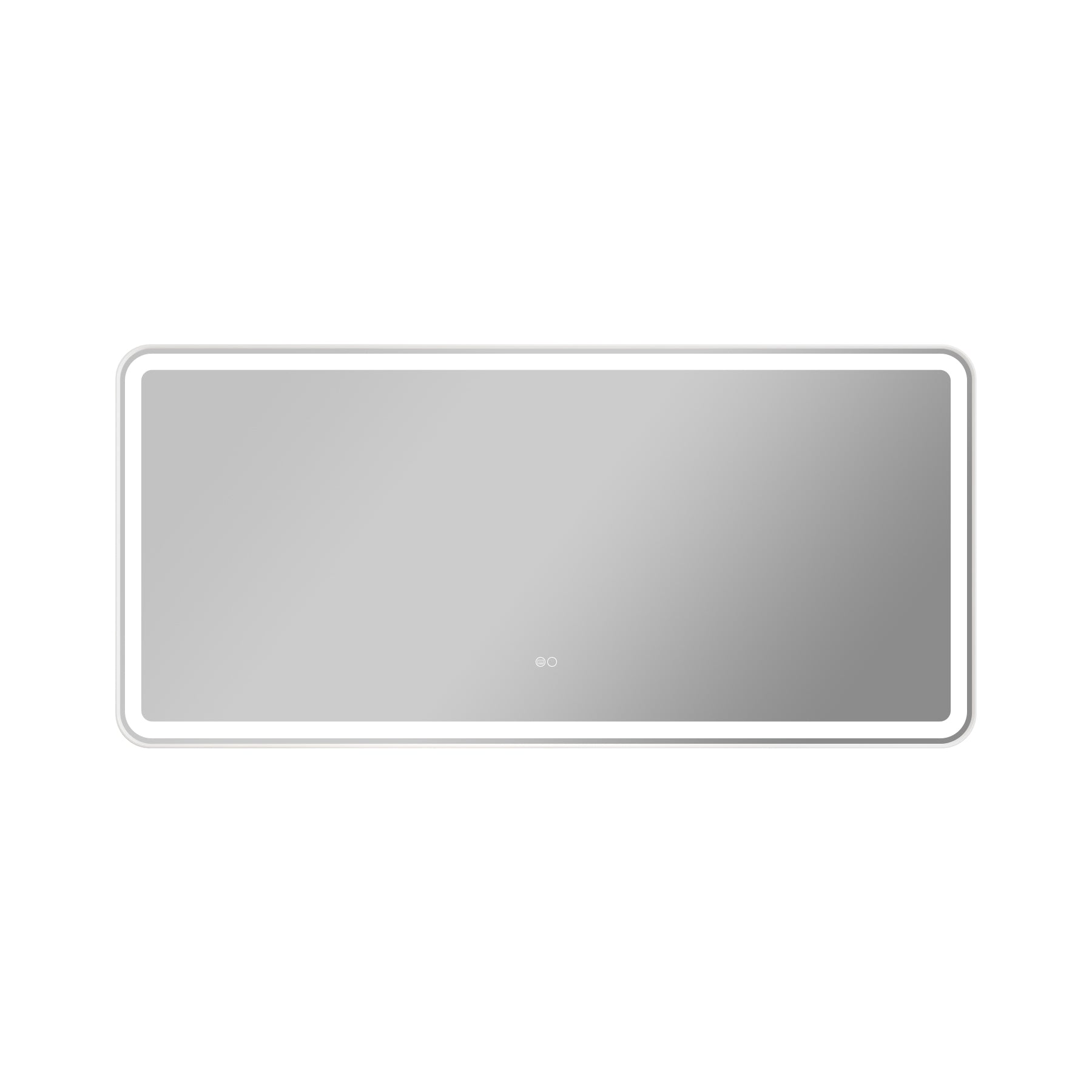

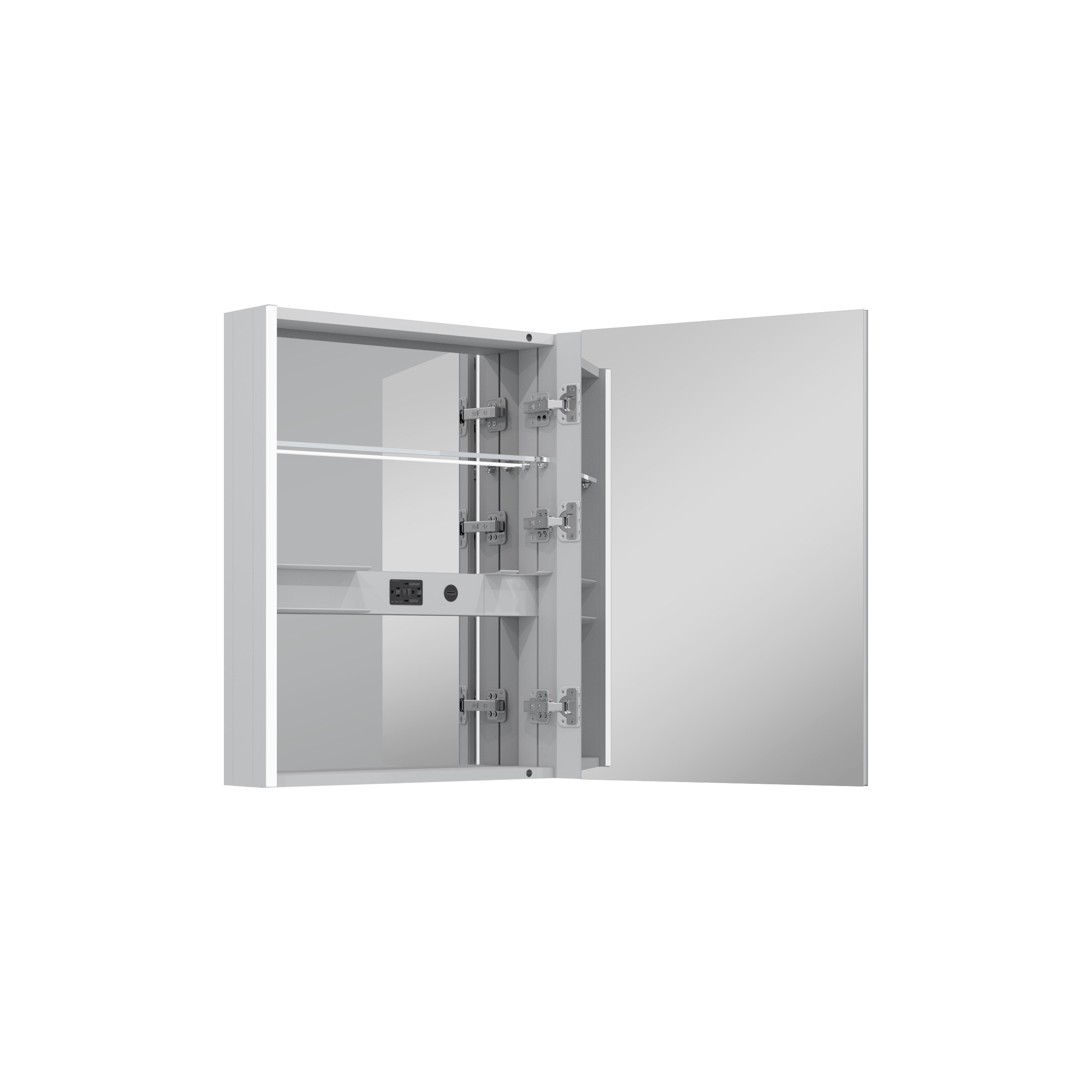
Leave a comment
All comments are moderated before being published.
This site is protected by hCaptcha and the hCaptcha Privacy Policy and Terms of Service apply.